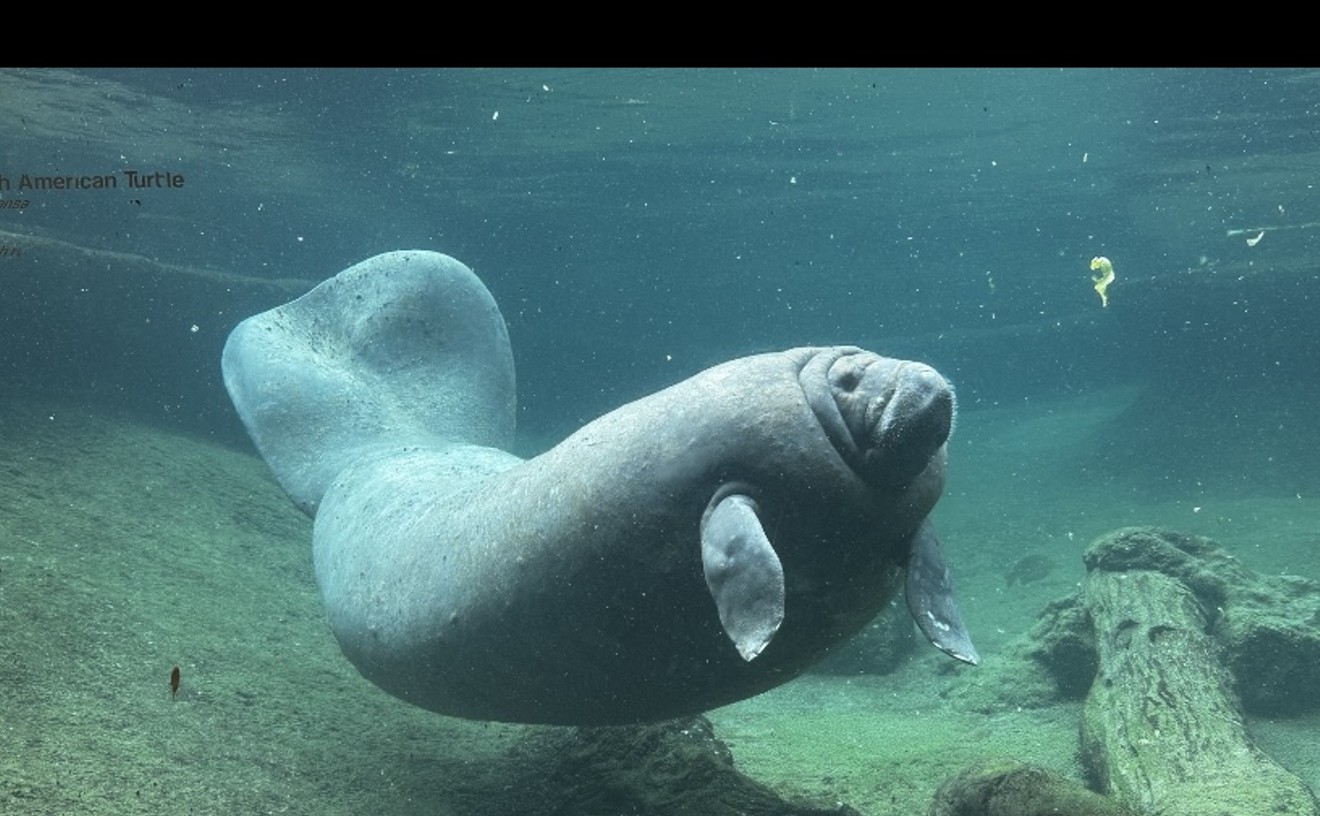Nearly three years after one of the bloodiest police operations in recent Miami history, prosecutors have issued a scathing report calling the killings "unusual, counter-intuitive, suspicious" and "disturbing."
The June 30, 2011 sting -- in which four suspects, including a police informant, were shot dozens of times -- was the subject of an award-winning New Times investigation.
Prosecutors now say that the officers in the operation won't face charges. But the State Attorney's Office didn't rule the shootings "justified," which could bolster federal lawsuits against the cops.
See also: Miami-Dade Police Lured Robbers to the Redland, Then Shot Them
The SAO report, portrays the operation as poorly planned and ruthlessly -- perhaps criminally -- executed.
One officer told investigators that "this operation was the most frightening he had ever been on. He said the level of fear was generated by the fact that he could not tell who was firing or from where."
But the report also makes it clear that cops were the only ones firing. Police had lured the gang to the Redland by using informant Rosendo Betancourt to convince them there was a horde of marijuana ripe for a rip-off.
Ringleader Roger Gonzalez-Valdes led three other men through a hole in the fence surrounding the supposed stash house, which was really a Miami-Dade Police training property. His son, Roger Valdez Jr., stayed in the getaway car.
But the four intruders bolted before cops could turn on their floodlights, according to the report. They may have been startled by the sound of a police van smashing through a locked fence.
Incredibly, the report says cops opened fire on Gonzalez-Valdez as he lay curled up in the fetal position under a tree. One officer claimed he saw the robber reach for a gun, but he had already dropped it. Of the more than 50 bullets fired at Gonzalez-Valdezover a 10-second span, at least a dozen hit their target. The report calls the killing "disturbing."
Even more disturbing, however, is the revelation that officers moved Gonzalez-Valdez's body afterward. A black handheld radio was found near his body, but prosecutors could not decide if it was his or if it had been placed there after his death.
The report calls Rosendo Betancourt's death "greatly disturbing." The police informant had already surrendered and was on the ground on his stomach, according to the report, when Sgt. Manuel Malgor ordered him to roll over.
According to the cop, Betancourt -- who had been working with police for months -- then pulled a pistol from his waistband. Malgor opened fire.
Antonio Andrew, the focus of the New Times investigation, was killed as he headed for a hole in the fence. In their report, prosecutors said Sgt. Humberto Perez gave Andrew conflicting orders of "don't move your hands" and "let me see your hands under your waistband." Andrew and another man, Jorge Lemus, were also killed by cops.
The report found no evidence to support cops' claims that an "accidental discharge" had set off the slaughter, in which none of the suspects fired a shot.
Infrared video caught cops celebrating the killings with "fist bumps to the chest," according to the report. Only four of the 11 officers who fired their weapons agreed to be interviewed by investigators.
Although the report makes clear that cops won't be criminally charged over the suspicious shooting, its findings go much farther than just this one incident. Instead, it casts serious doubt on at least two other Miami-Dade Police shootings.
As revealed in our investigation, the Redlands operation was the third, nearly identical sting to go horribly wrong in the past six years, leaving a total of seven suspects dead, apparently with no shots fired at police.
The families of three of the four dead men have filed wrongful death suits against police. The SAO report could bolster their claims.
"We have a system of justice that requires apprehension, prosecution, conviction, and sentencing," says Justin Leto, an attorney handling wrongful-death lawsuits for Lemus and Andrew. "And I don't see any evidence that would indicate that these people needed to be shot on sight."
"The police did not take care of Mr. Betancourt like they had promised," says Matthew Leto, Justin's brother, who is representing Betancourt's family.
MDPD did not respond to a request for comment.
Send your tips to the author, or follow him on Twitter.
Follow Miami New Times on Facebook and Twitter @MiamiNewTimes.











